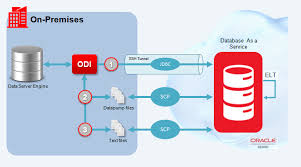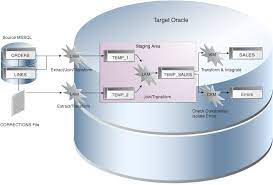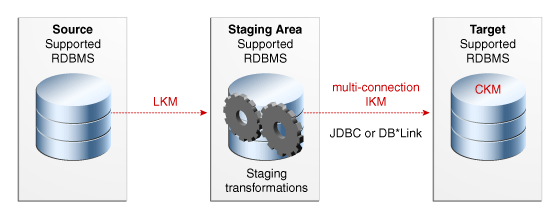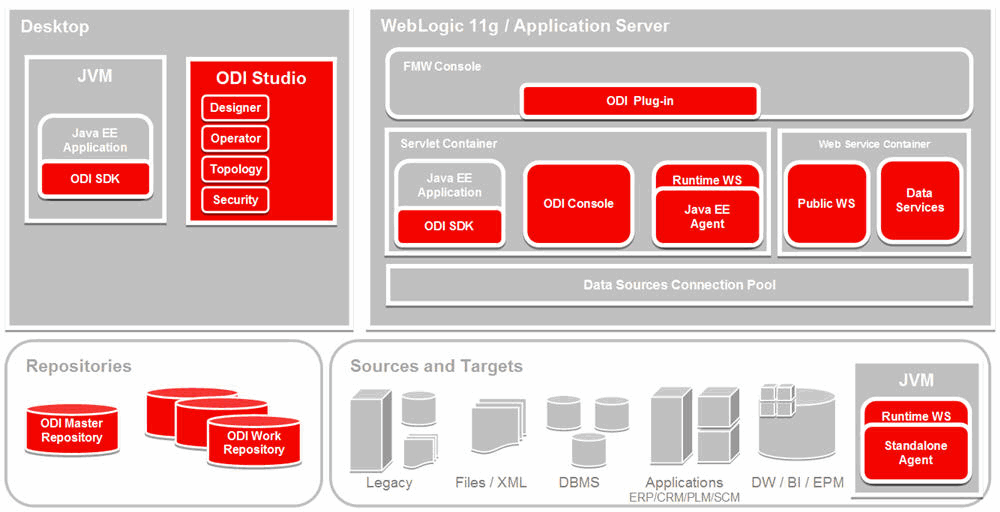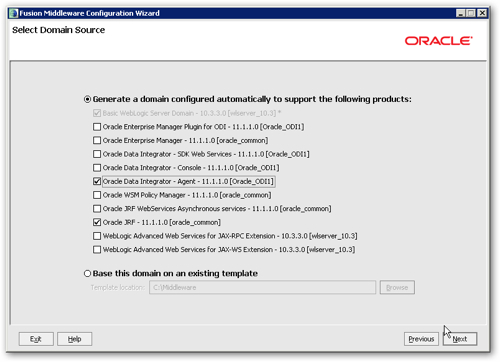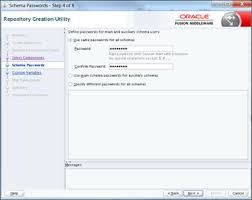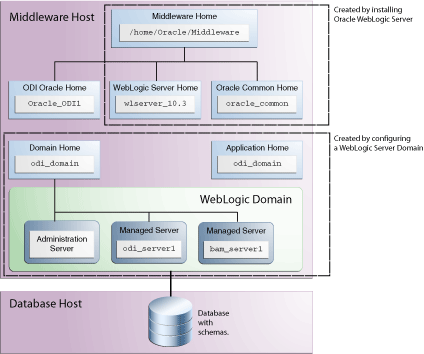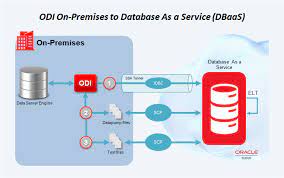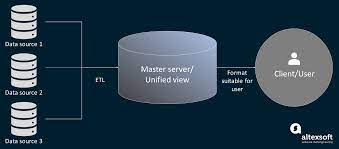21
Sep
In Oracle Data Integrator (ODI), mappings and transformations are key components used to design and implement data integration processes. Let's explore what mappings and transformations are and how they are used in ODI: ODI Mapping: An ODI mapping represents the logical design of a data integration process. It defines the flow and transformation of data from a source to a target. A mapping consists of various components such as source datastores, target datastores, transformations, filters, joins, and aggregations. It provides a visual representation of the data flow and the operations performed on the data during the integration process. ODI Transformation:…
